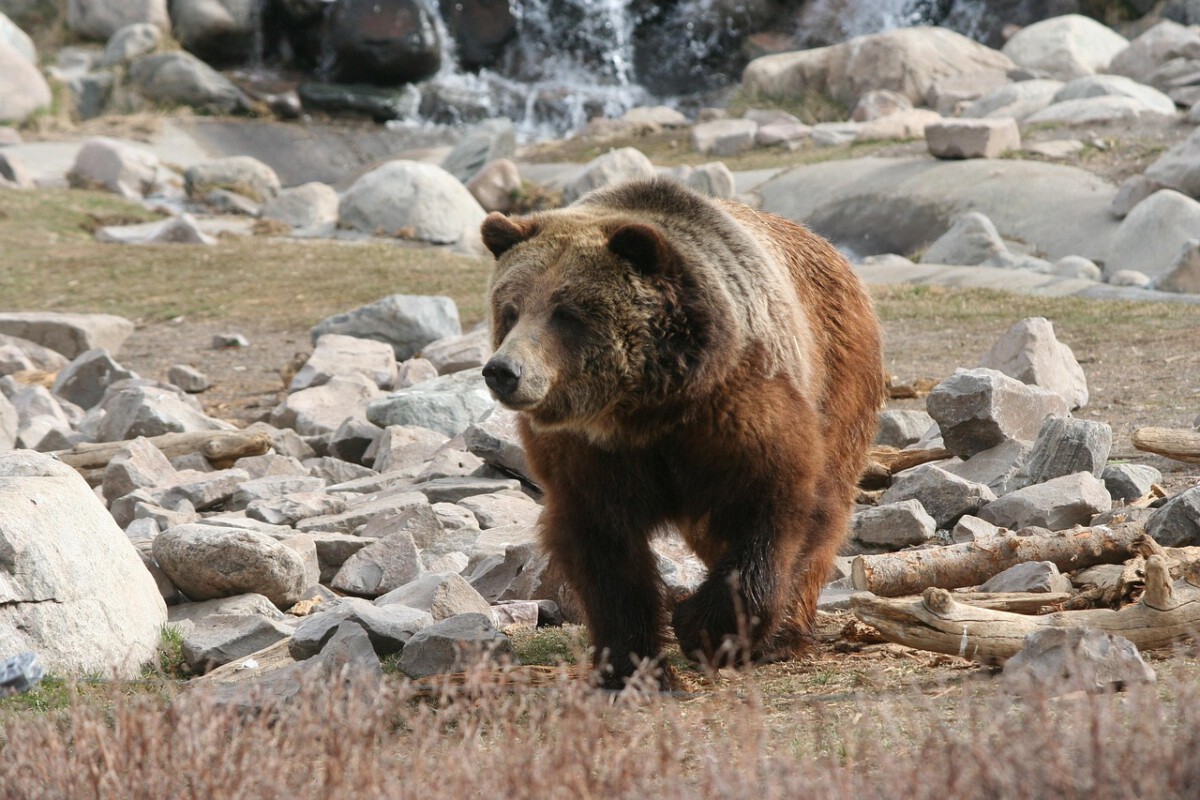The Yellowstone Wolf Reintroduction Success Story
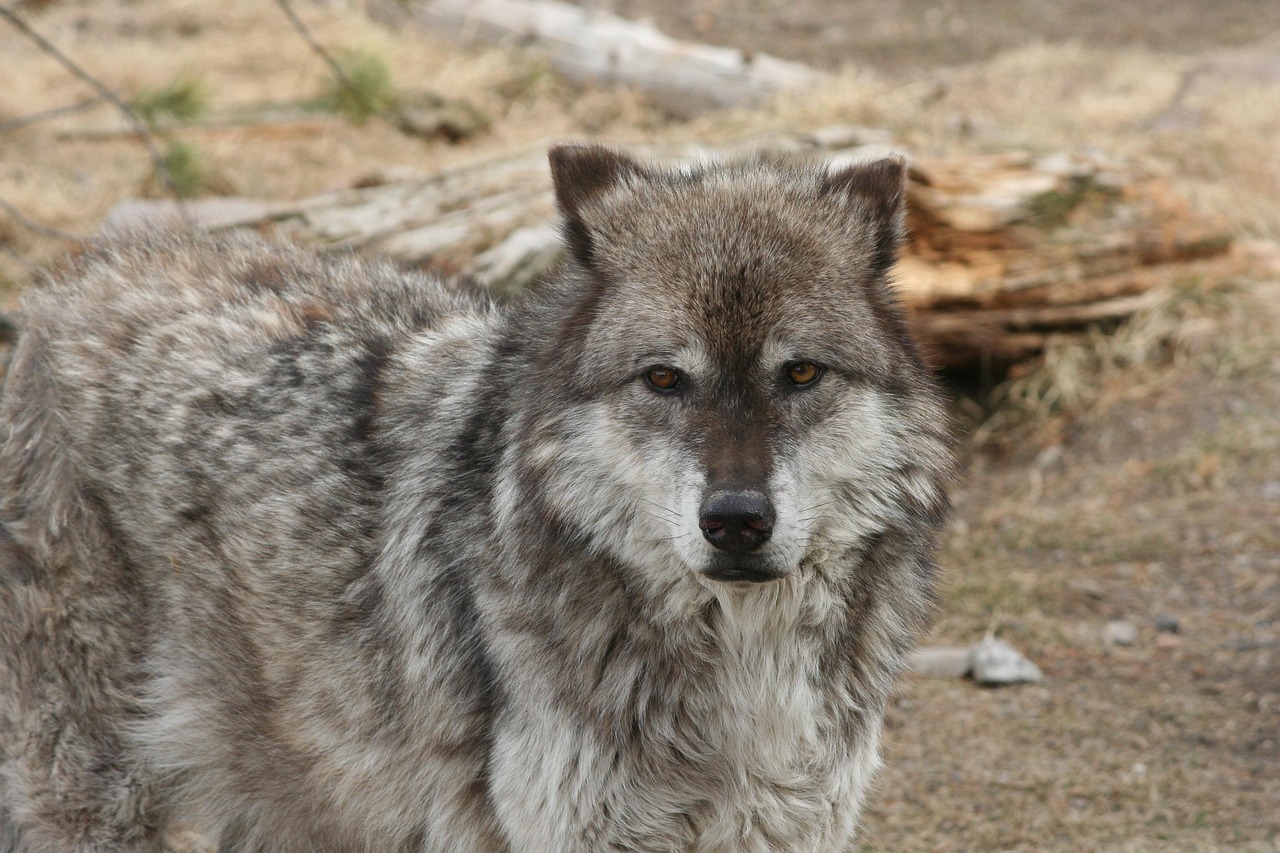
The most famous rewilding success in the American West began in 1995 when 31 gray wolves were reintroduced to Yellowstone National Park after being absent for nearly 70 years. According to the National Park Service, the wolf population has stabilized at around 95-100 individuals across 8-10 packs as of 2024. The impact extends far beyond just wolf numbers – researchers have documented a phenomenon called “trophic cascades” where wolves reduced elk populations, allowing vegetation to recover along riverbanks. This vegetation recovery has improved habitat for beavers, songbirds, and fish, fundamentally transforming entire ecosystems. The Yellowstone Wolf Project continues to monitor these populations, providing crucial data that influences rewilding efforts across the continent.
California’s Condor Recovery Program Reaches New Heights
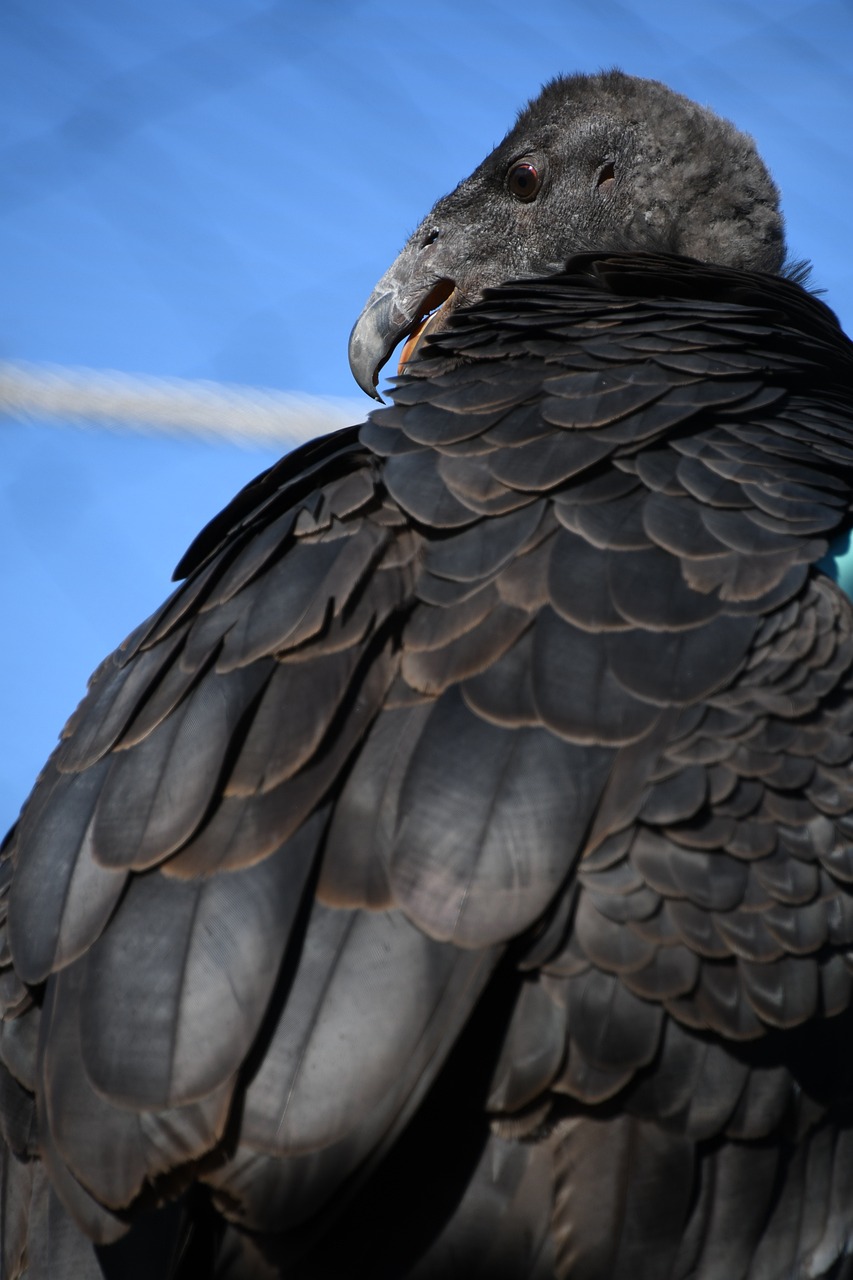
The California condor, once reduced to just 27 birds in 1987, has made a remarkable comeback through intensive captive breeding and release programs. As of 2024, the population has grown to over 560 birds, with more than 340 flying free in California, Arizona, and Utah according to the U.S. Fish and Wildlife Service. The Ventana Wildlife Society and other organizations have established critical release sites throughout the coastal ranges and Grand Canyon region. These massive birds, with wingspans reaching 10 feet, play a crucial role as nature’s cleanup crew, consuming carrion and preventing disease spread. Recent genetic studies published in Conservation Biology show that careful breeding management has maintained genetic diversity despite the severe population bottleneck.
Bison Return to Native Grasslands Across Multiple States
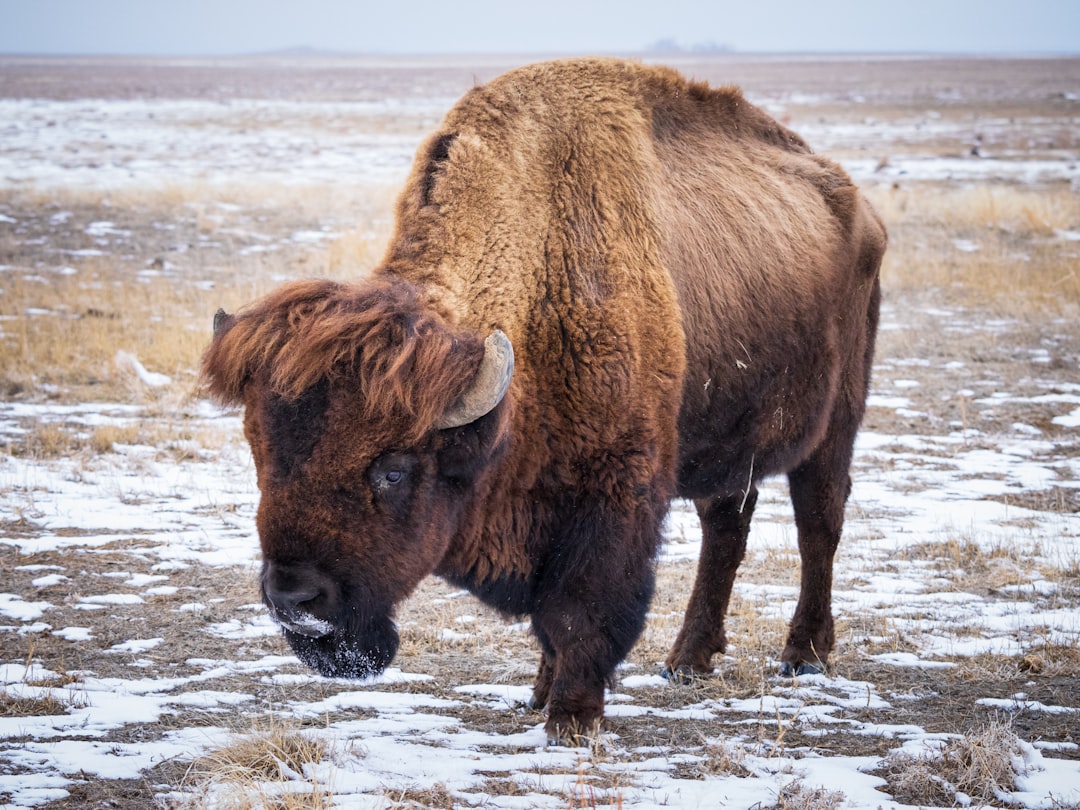
After near extinction in the 1800s, American bison are gradually returning to their ancestral grasslands through coordinated conservation efforts. The National Bison Association reports that conservation herds now number around 20,000 animals across various reserves and tribal lands. The American Prairie Reserve in Montana has become a flagship project, with over 800 bison roaming across 460,000 acres of restored grassland habitat. Recent research from the University of California, Davis, published in 2023, demonstrates that bison grazing creates diverse plant communities that support 60% more bird species than cattle-grazed areas. The InterTribal Buffalo Council continues to restore bison to Native American lands, with 82 tribes now participating in conservation efforts.
Prairie Dog Towns Expanding in Colorado and Wyoming
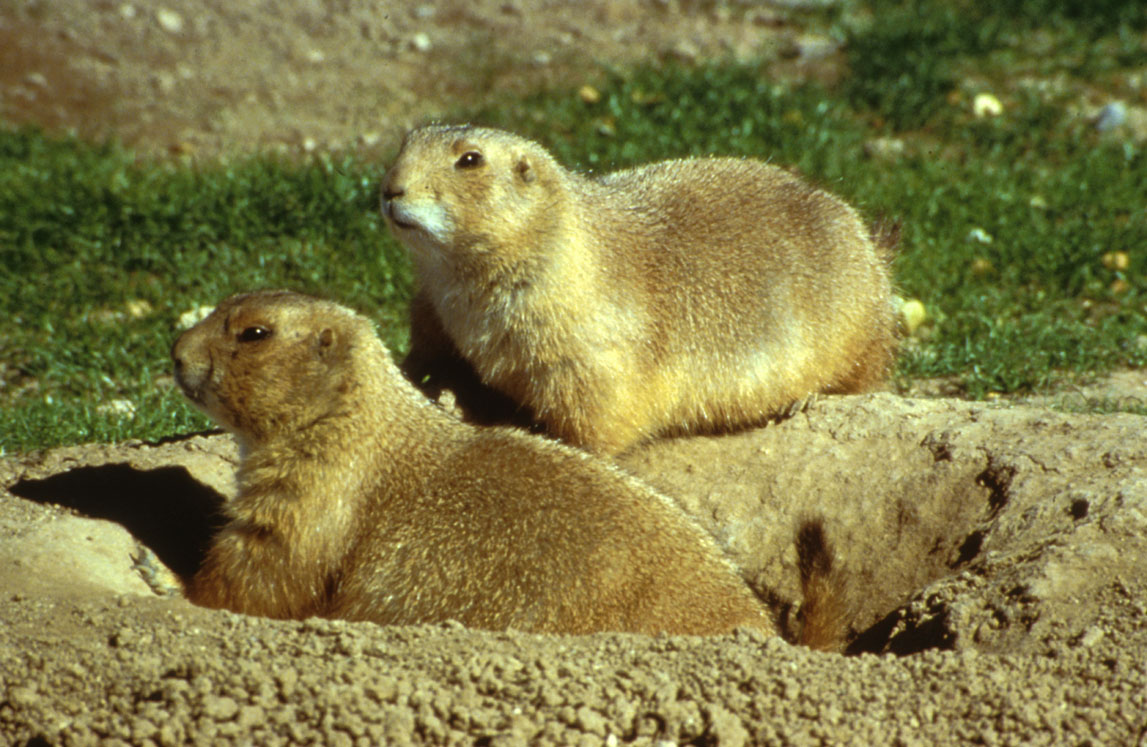
Black-footed ferrets, once considered extinct, are making a slow but steady recovery thanks to prairie dog habitat restoration efforts. The U.S. Fish and Wildlife Service reports that over 300 ferrets now live in the wild across eight states, with significant populations in Colorado’s Rocky Mountain Arsenal and Wyoming’s Shirley Basin. Prairie dog colonies, which serve as the primary food source for ferrets, have been restored to over 2.4 million acres according to 2024 surveys. These “keystone species” support over 130 other species in grassland ecosystems, from burrowing owls to swift foxes. Conservation groups like Defenders of Wildlife continue to relocate prairie dog colonies from development areas to protected reserves, maintaining the foundation of Great Plains biodiversity.
Mexican Gray Wolves Slowly Reclaim Arizona and New Mexico
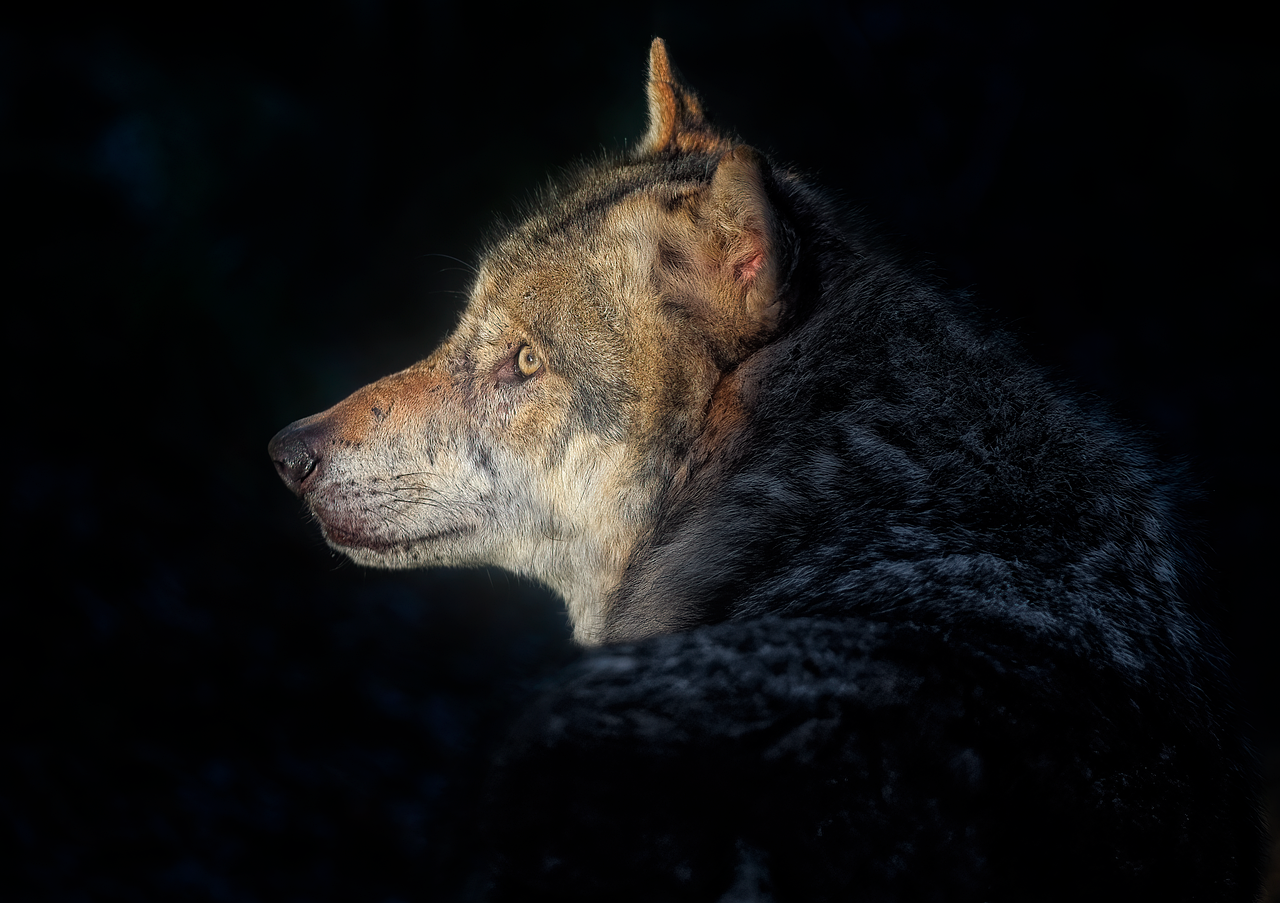
The Mexican gray wolf, the most endangered subspecies of gray wolf in North America, has shown encouraging population growth in recent years. According to the 2024 Mexican Wolf Recovery Program survey, at least 241 wolves now roam the wild across Arizona and New Mexico, up from just 11 animals released in 1998. The Gila National Forest serves as the primary recovery area, with wolf packs establishing territories across nearly 4,000 square miles of mountainous terrain. Genetic management remains crucial, with the Species Survival Plan maintaining genetic diversity through careful breeding recommendations published in the Journal of Wildlife Management. The Arizona Game and Fish Department continues to monitor pack dynamics and livestock conflicts, balancing conservation needs with ranching concerns.
Sea Otter Populations Recovering Along the Pacific Coast
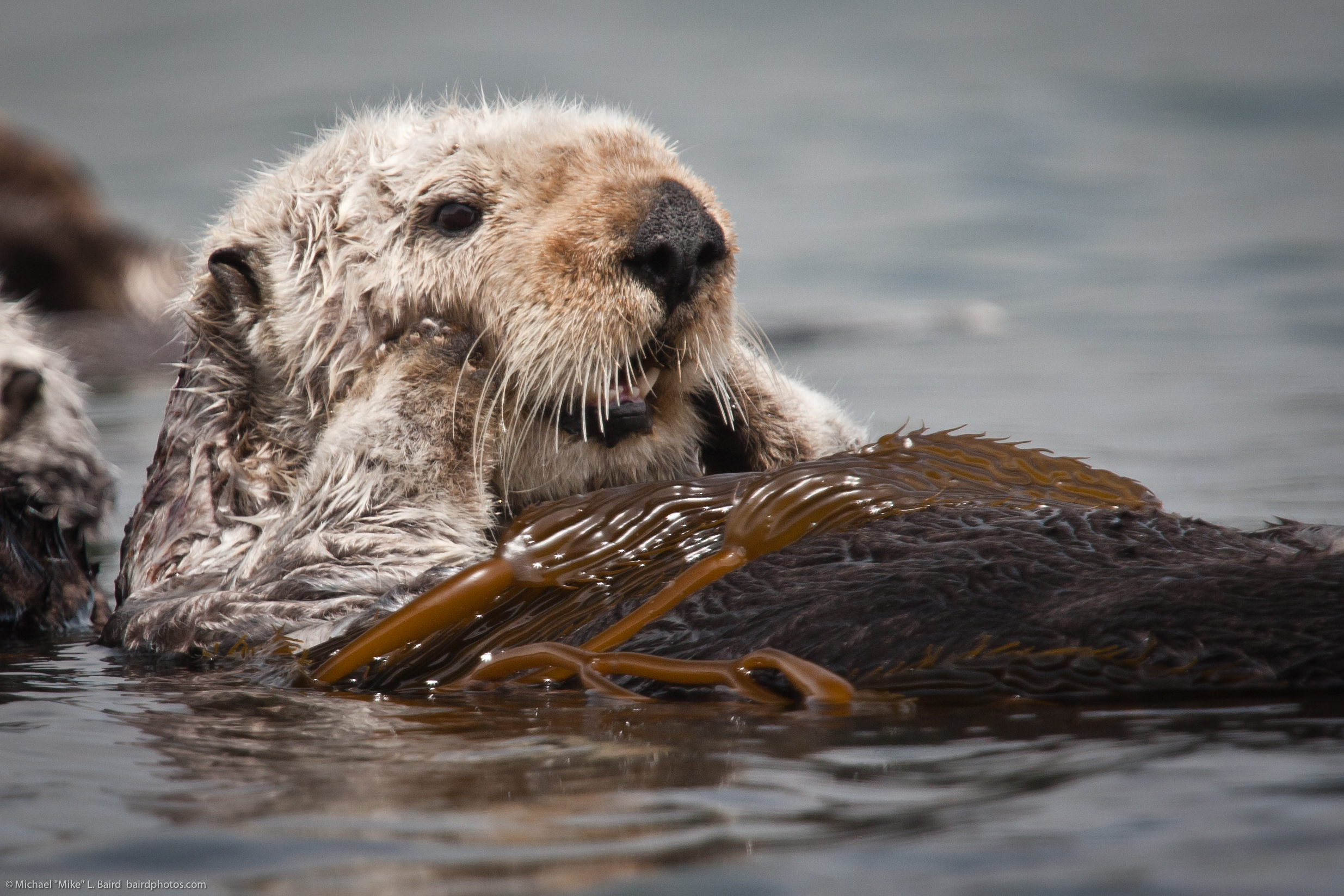
Southern sea otters, listed as threatened under the Endangered Species Act, have shown remarkable resilience along California’s coast. The U.S. Geological Survey’s 2024 spring census counted 3,272 otters, approaching the recovery target of 3,090 individuals for three consecutive years. These marine mammals play a critical role in kelp forest ecosystems by controlling sea urchin populations that would otherwise devastate underwater forests. Research published in Science in 2023 demonstrates that sea otter presence increases kelp forest productivity by up to 40%, creating habitat for over 1,000 other species. The Monterey Bay Aquarium continues to rescue and rehabilitate stranded otters, with over 800 animals successfully returned to the wild since 1984.
Salmon Restoration Projects Transform Pacific Northwest Rivers
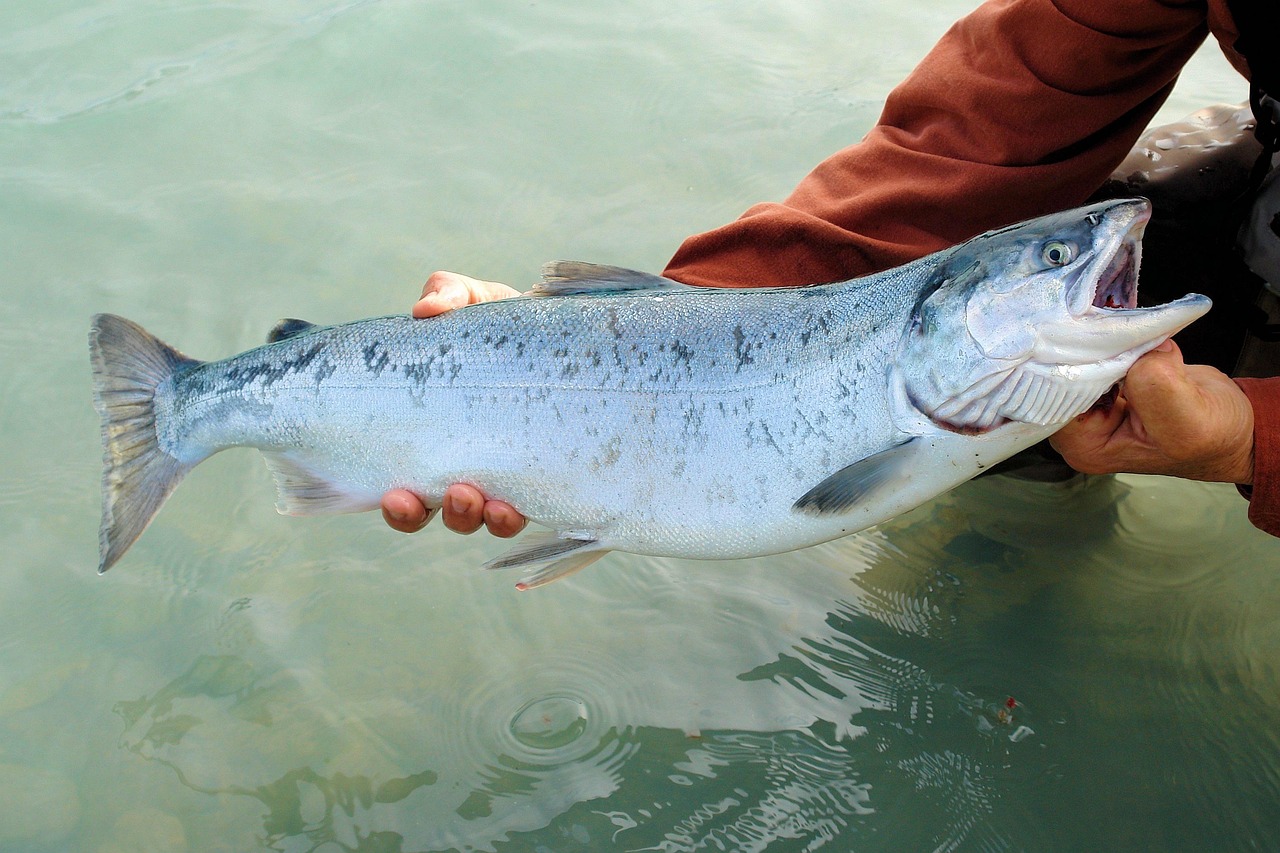
Dam removal projects across the Pacific Northwest are allowing salmon populations to access spawning grounds for the first time in decades. The removal of the Elwha River dams in Washington’s Olympic Peninsula, completed in 2014, has resulted in dramatic ecosystem recovery documented by the National Park Service. Chinook salmon populations in the Elwha have increased from fewer than 3,000 fish to over 8,000 as of 2024, with some individuals reaching historic spawning grounds 45 miles upstream. The Klamath River dam removal project, set for completion in 2024, represents the largest dam removal effort in U.S. history and is expected to restore 400 miles of salmon habitat. Studies published in Fisheries Research show that dam removal creates cascading benefits for entire river ecosystems, from improved water quality to increased biodiversity.
Desert Bighorn Sheep Populations Stabilizing in Nevada and Utah
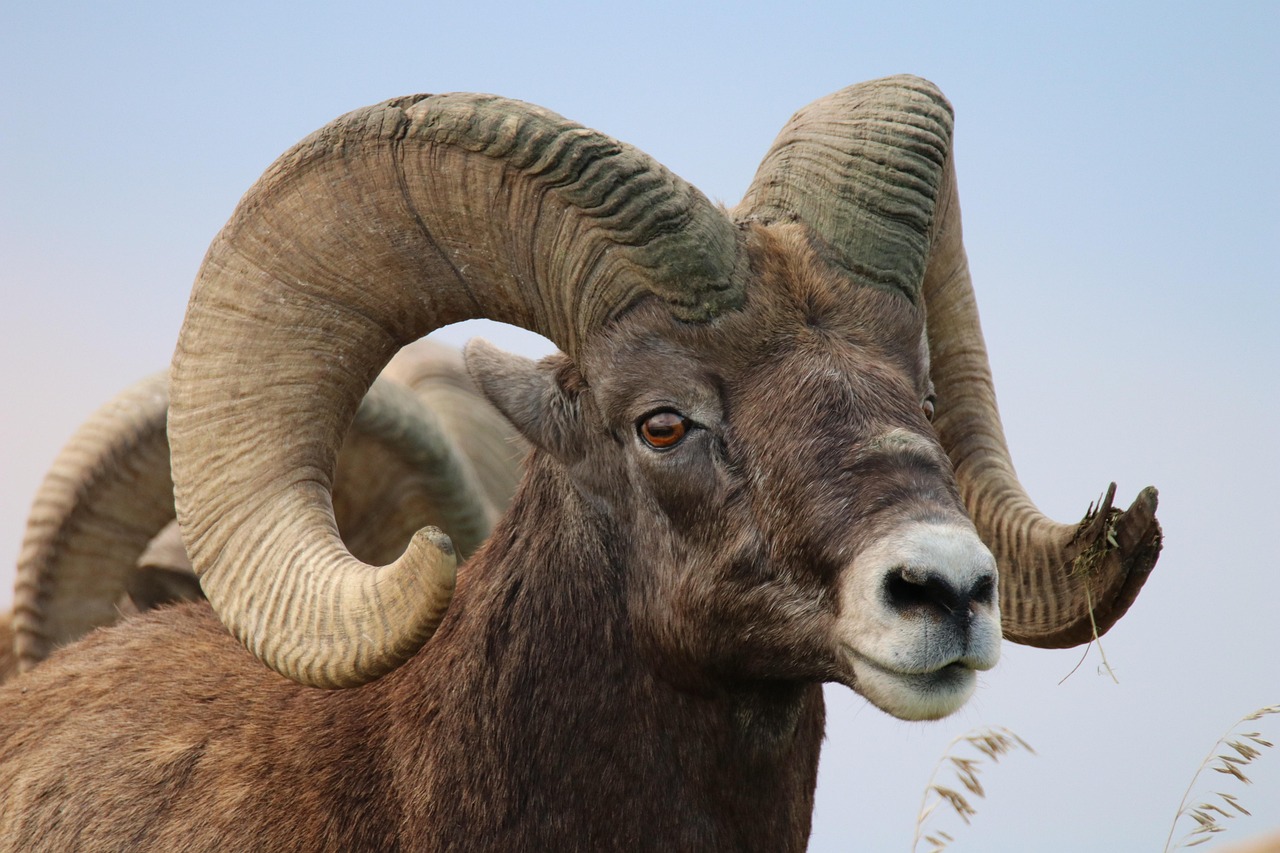
Desert bighorn sheep, once numbering fewer than 6,000 individuals across the Southwest, have benefited from intensive habitat restoration and water development projects. The Nevada Department of Wildlife reports that the state’s bighorn population has grown to approximately 12,000 animals across 58 mountain ranges as of 2024. Water catchment systems, installed in remote desert locations, have been crucial for population recovery, with over 3,000 artificial water sources now supporting sheep across their range. Research from the University of Nevada, Las Vegas, published in Wildlife Society Bulletin, shows that these water developments have increased lamb survival rates by 35% during drought years. The Wild Sheep Foundation continues to fund habitat improvements and disease monitoring programs that have prevented population crashes from pneumonia outbreaks.
Pronghorn Migration Corridors Protected Through Private Partnerships
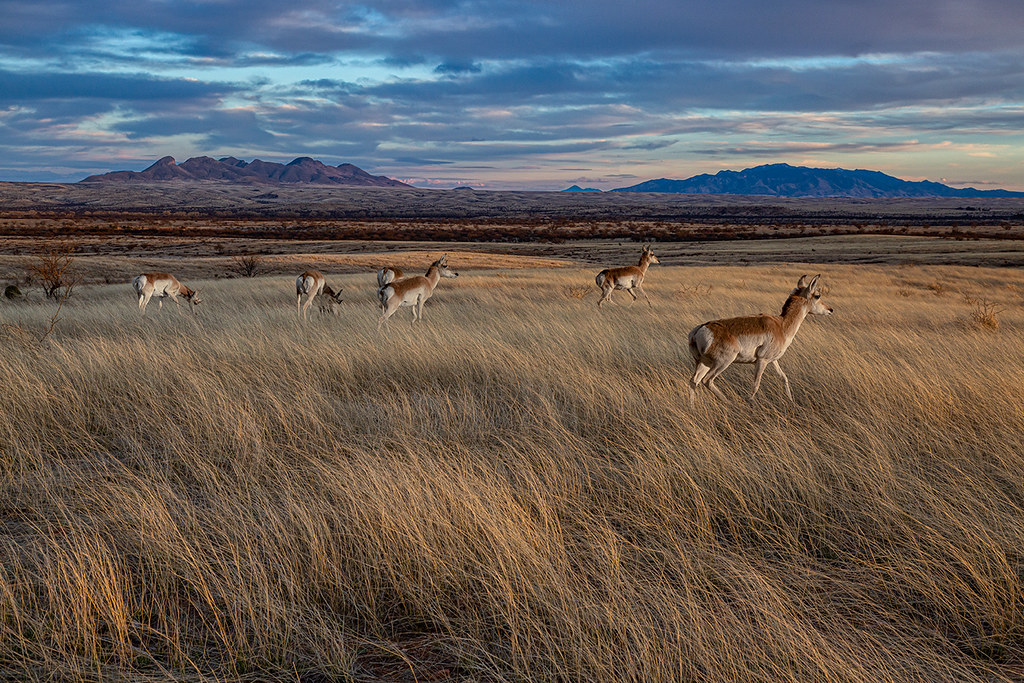
The pronghorn antelope, North America’s fastest land animal, benefits from innovative conservation partnerships that protect crucial migration routes. The National Wildlife Federation reports that Wyoming’s pronghorn population has stabilized at around 40,000 animals, with the “Path of the Pronghorn” migration route spanning 150 miles between Grand Teton and Yellowstone. Private landowners have partnered with conservation groups to maintain wildlife-friendly fencing and preserve migration corridors on ranch lands. GPS collar studies published in Global Ecology and Conservation reveal that pronghorn use the same migration routes for generations, making corridor protection essential for population survival. The Wyoming Migration Initiative continues to map and protect these ancient pathways that connect summer and winter ranges across the Greater Yellowstone Ecosystem.
Grizzly Bear Recovery in Greater Yellowstone Ecosystem
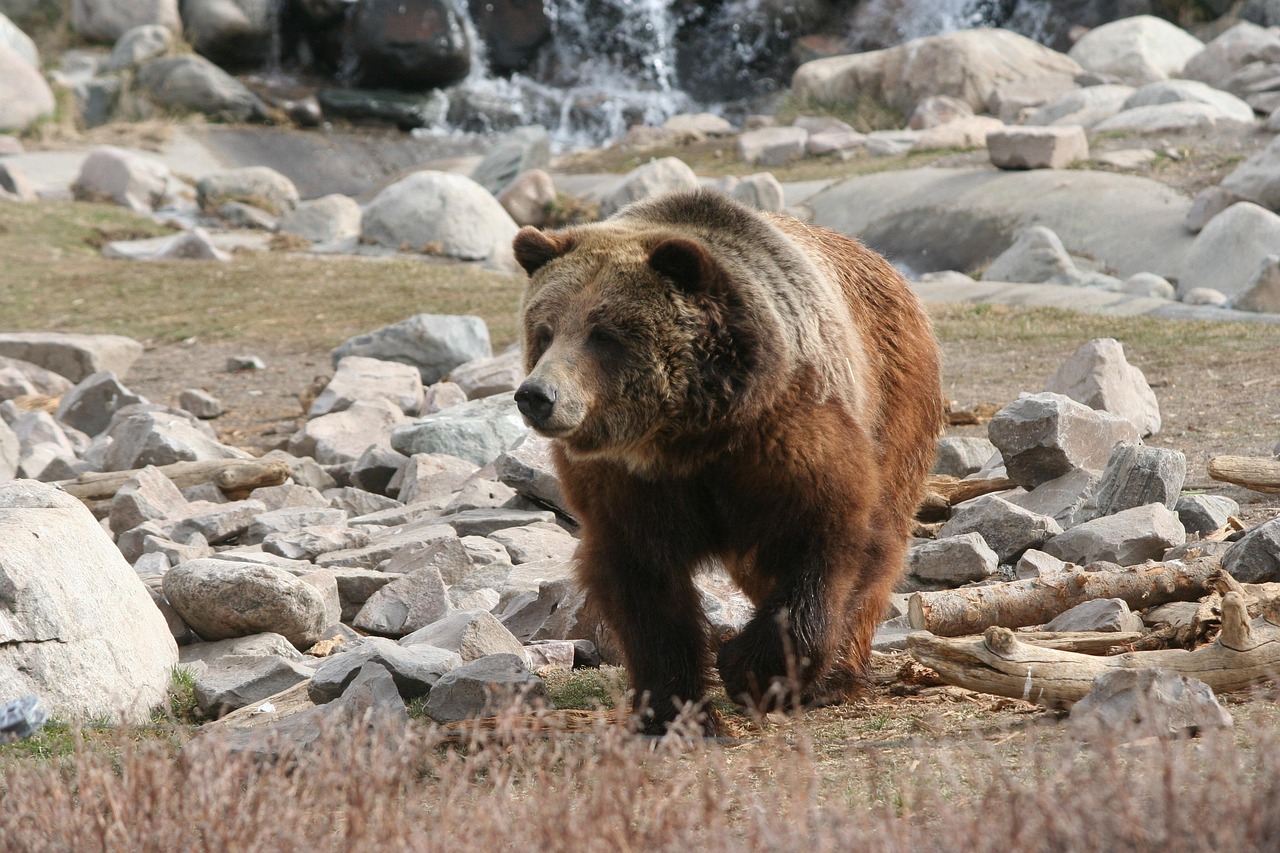
Grizzly bears in the Greater Yellowstone Ecosystem have made one of the most successful large carnivore recoveries in North American history. The U.S. Fish and Wildlife Service estimates the population has grown from 136 bears in 1975 to over 740 individuals as of 2024. This recovery led to the species being removed from the Endangered Species Act in 2017, though legal challenges have maintained federal protection. Research from the Interagency Grizzly Bear Study Team shows that bears have expanded their range by 50% since the 1990s, now occupying over 22,000 square miles across Wyoming, Montana, and Idaho. The success stems from strict habitat protection, food storage regulations, and educational programs that have reduced human-bear conflicts by 60% since 2010.
Sage Grouse Conservation Through Habitat Restoration
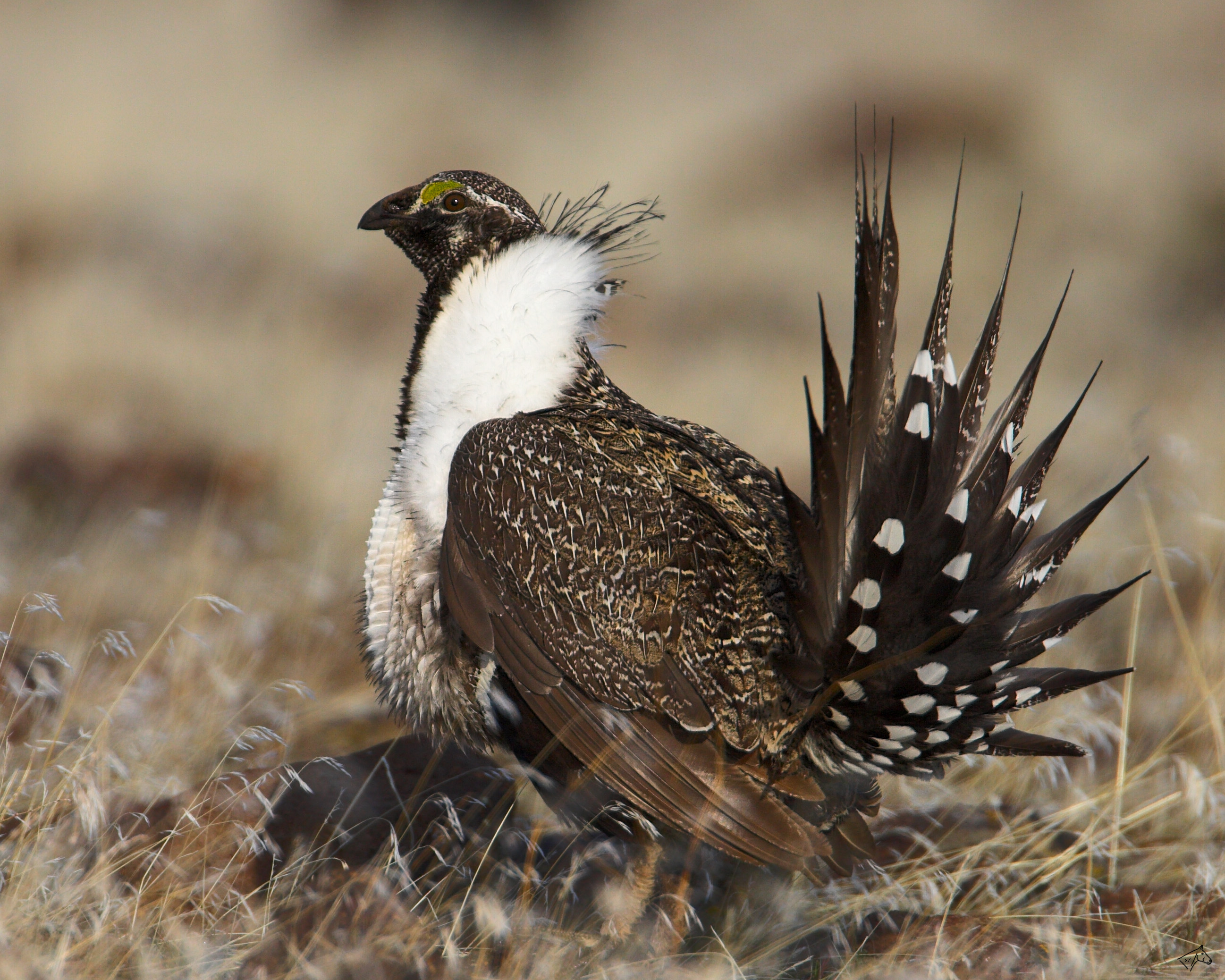
Greater sage grouse populations have stabilized through massive habitat restoration efforts across 11 western states. The Bureau of Land Management reports that sage grouse numbers have remained steady at approximately 200,000-500,000 birds following decades of decline. The 2015 Sage Grouse Conservation Strategy protected 67 million acres of sagebrush habitat while allowing continued energy development with strict environmental safeguards. Research published in Ecosphere demonstrates that habitat treatments removing encroaching conifers have increased grouse breeding success by 25% in treated areas. The Natural Resources Conservation Service continues to work with private landowners to restore degraded sagebrush habitats, with over 1.2 million acres improved through the Sage Grouse Initiative since 2010.
Elk Herds Thriving in Restored Habitats
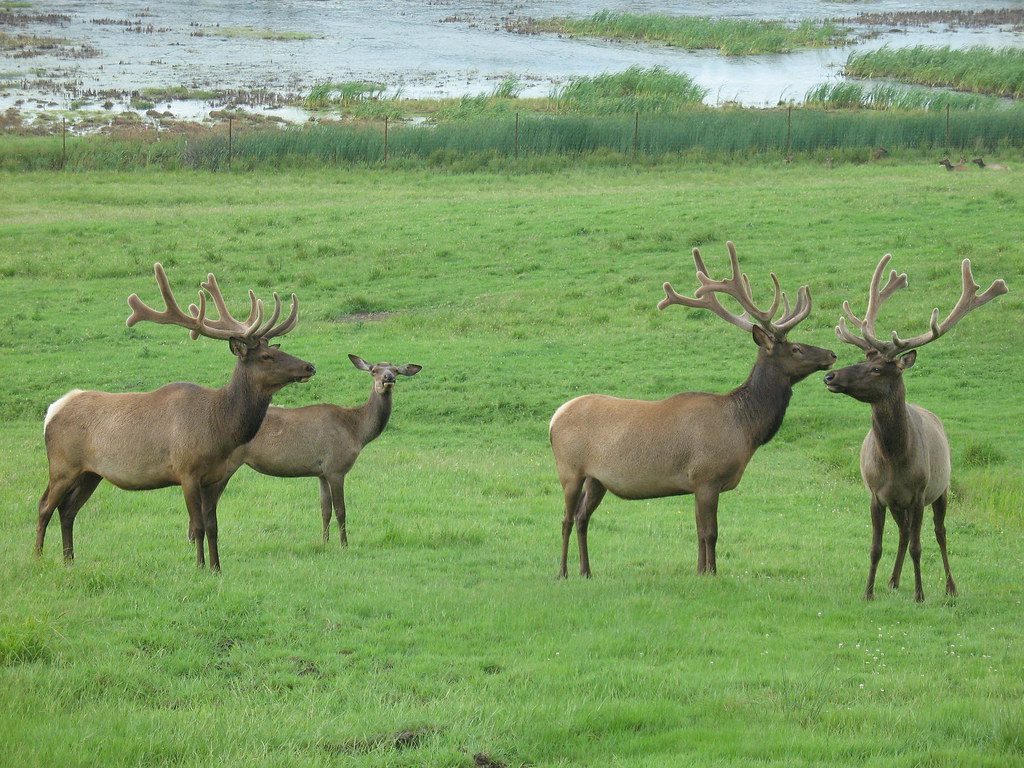
Rocky Mountain elk populations across the West have recovered dramatically from historic lows in the early 1900s. The Rocky Mountain Elk Foundation reports that elk numbers have grown from fewer than 50,000 animals continent-wide in 1907 to over 1 million today. Colorado alone supports approximately 280,000 elk, making it the largest population in North America according to Colorado Parks and Wildlife surveys. Habitat restoration projects have been crucial, with over 7.8 million acres of elk habitat conserved or enhanced since 1984. Studies from the University of Wyoming show that elk populations respond positively to prescribed burning and forest thinning treatments that create the diverse habitats these animals require for year-round survival.
Climate Change Challenges and Adaptation Strategies
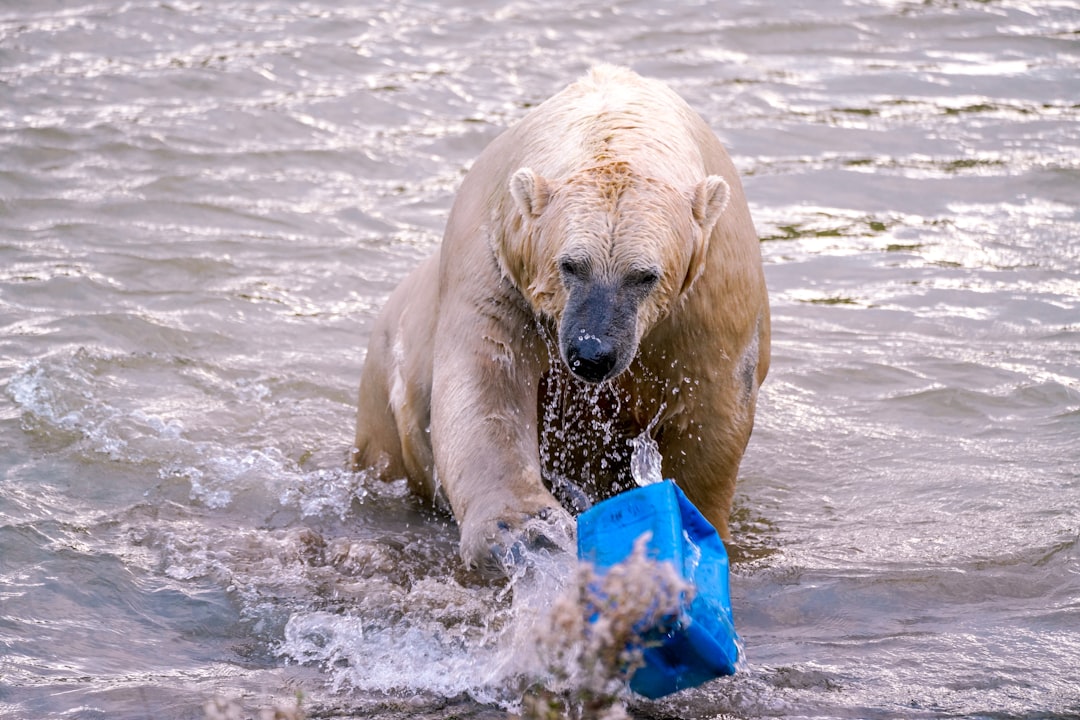
Western rewilding efforts face unprecedented challenges from climate change, requiring adaptive management strategies based on the latest scientific research. The National Climate Assessment reports that western temperatures have increased by 1.9°F since 1895, with projections showing continued warming that will shift suitable habitat ranges northward and upward in elevation. Wildlife agencies are implementing “climate-smart” conservation strategies that create connectivity between current and future suitable habitats. Research published in Conservation Biology in 2024 identifies climate refugia areas that will remain suitable for species as conditions change, guiding land acquisition and protection priorities. The U.S. Geological Survey’s Climate Science Centers continue to provide crucial data helping managers adapt rewilding programs to rapidly changing environmental conditions.
Economic Benefits of Western Rewilding Initiatives
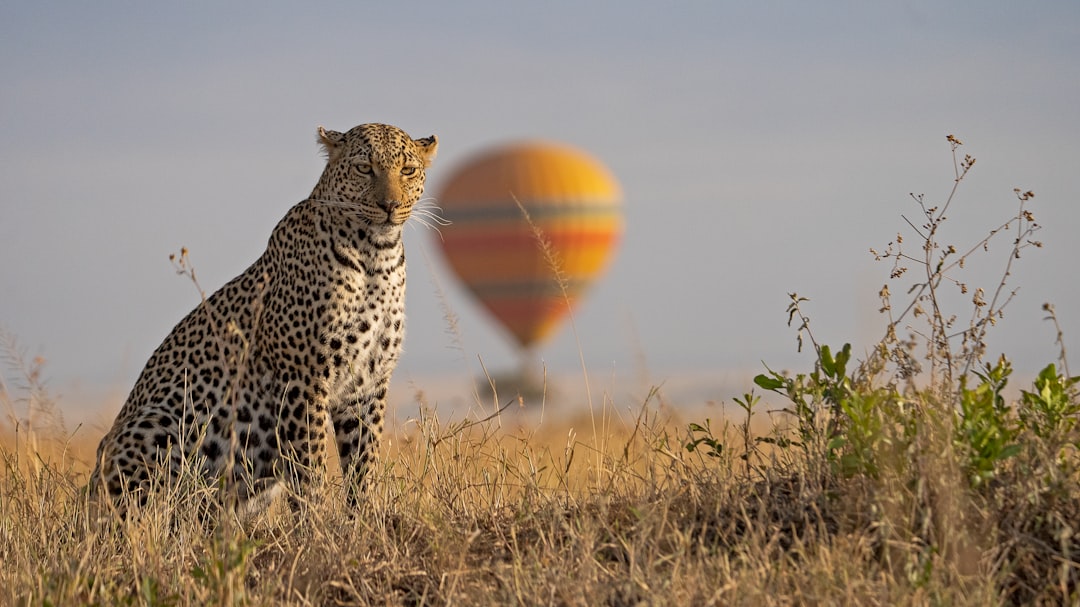
Wildlife-based tourism and recreation generate substantial economic benefits for western communities, providing compelling arguments for continued rewilding efforts. The National Park Service reports that wildlife viewing contributes over $15 billion annually to the U.S. economy, with Yellowstone alone generating $680 million in visitor spending during 2023. Studies from the University of Montana show that wolf reintroduction has brought an estimated $35 million per year to the Greater Yellowstone region through increased tourism. Hunting and fishing activities on restored habitats contribute an additional $2.8 billion annually to western state economies according to the U.S. Fish and Wildlife Service. The outdoor recreation economy, valued at $887 billion nationally, depends heavily on healthy wildlife populations and intact ecosystems that rewilding efforts help maintain.
What would you have guessed about the true scale of wildlife recovery happening right under our noses?

